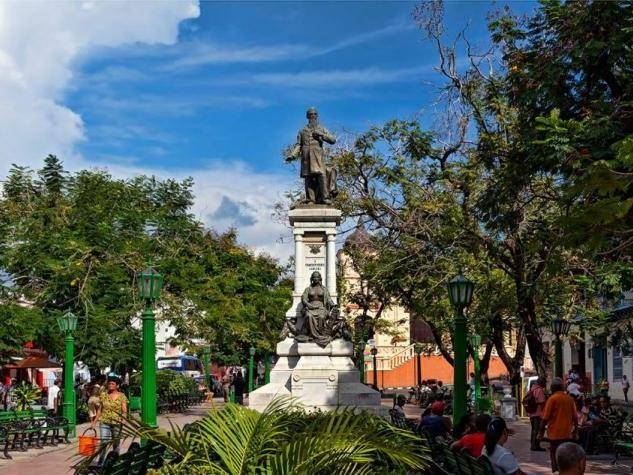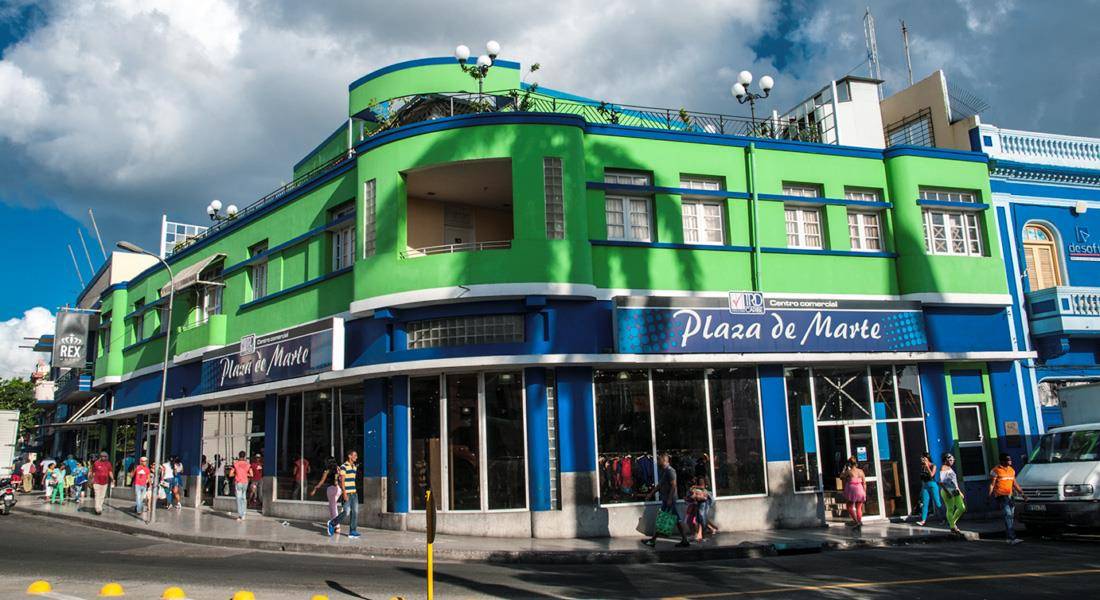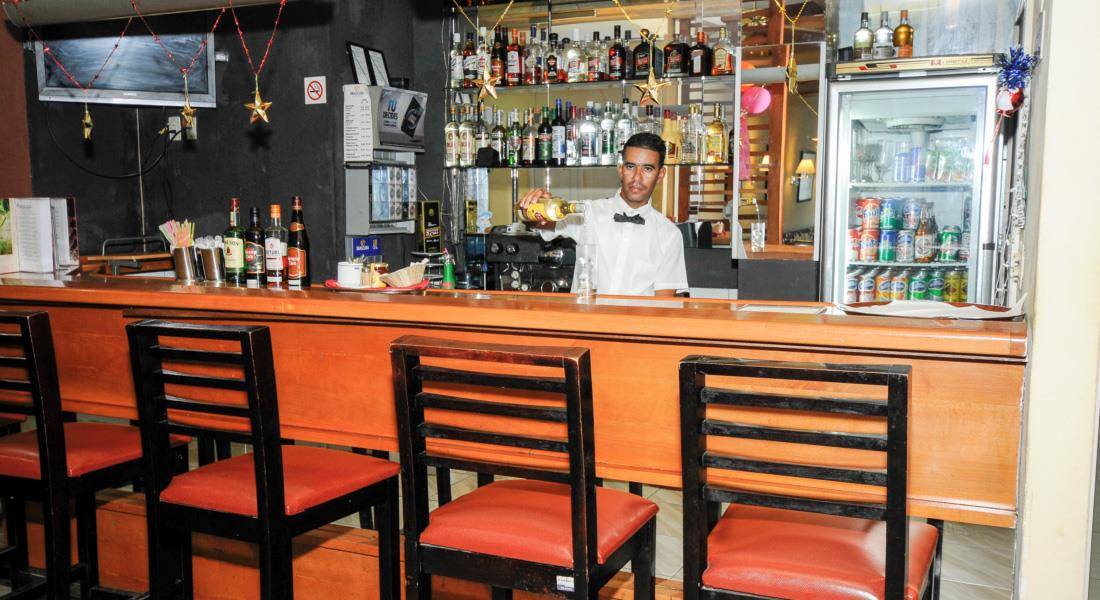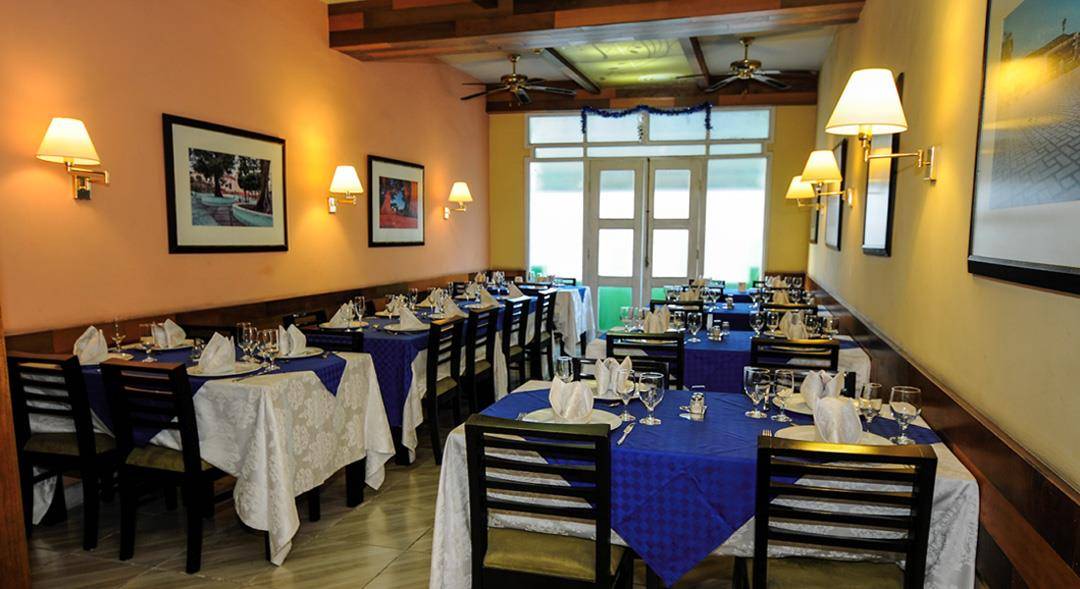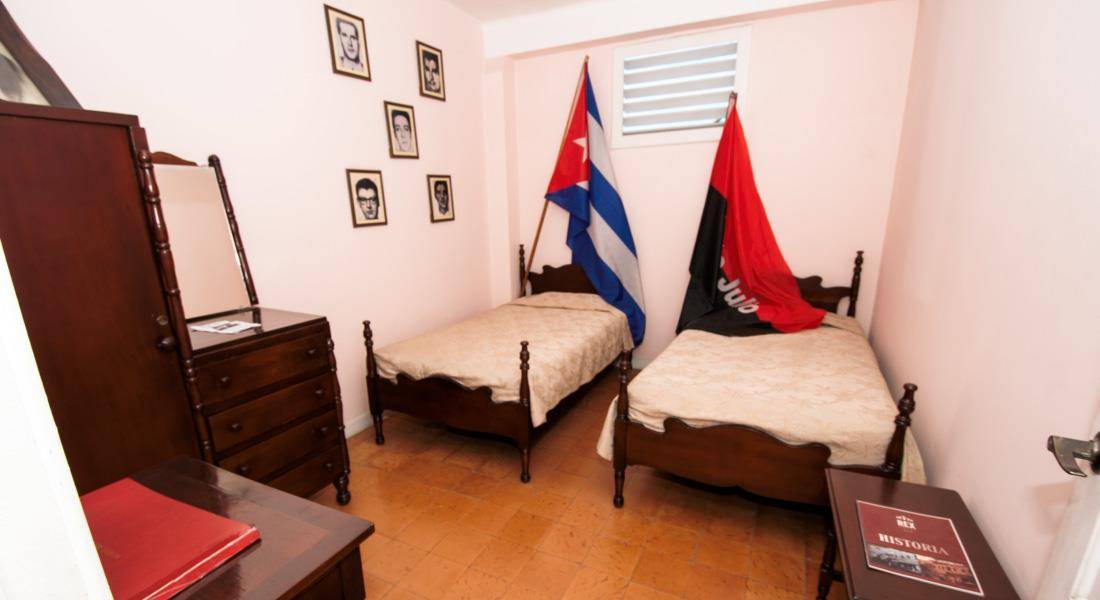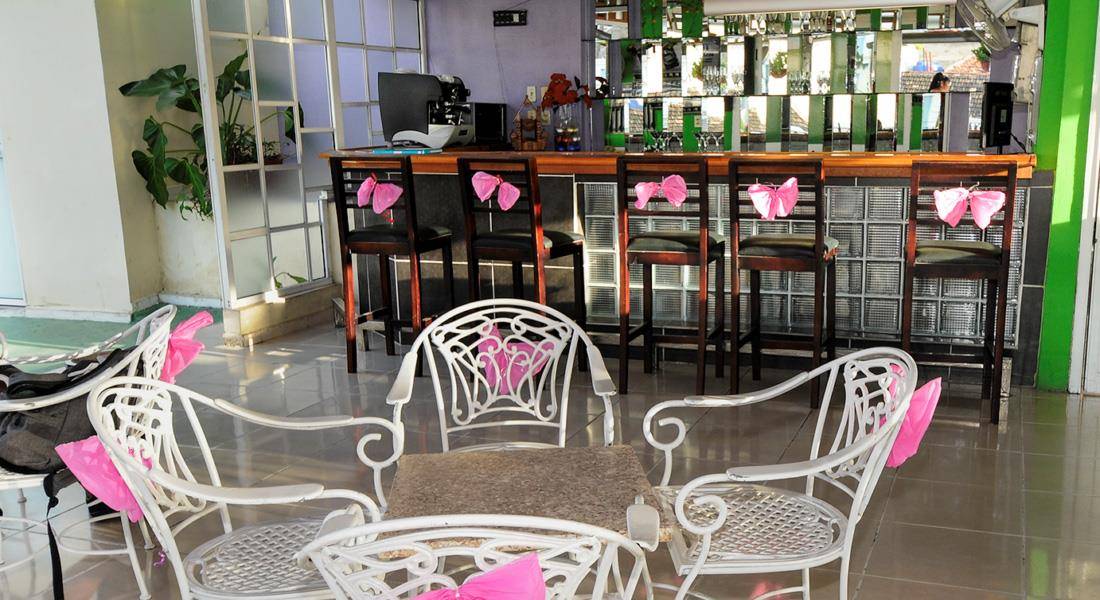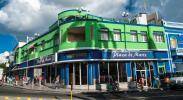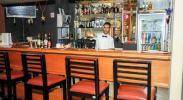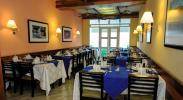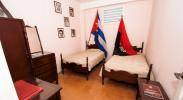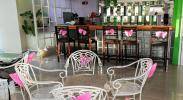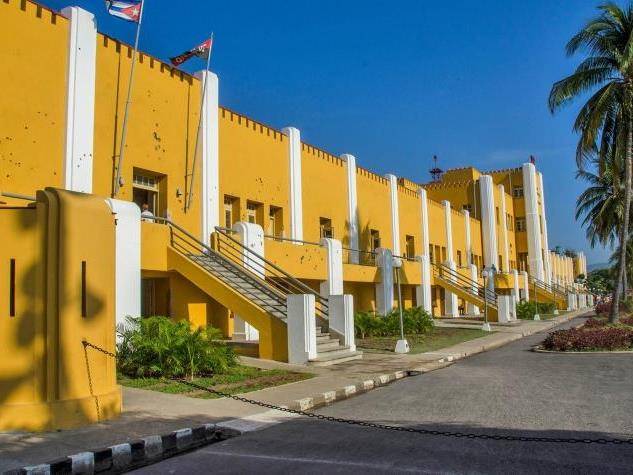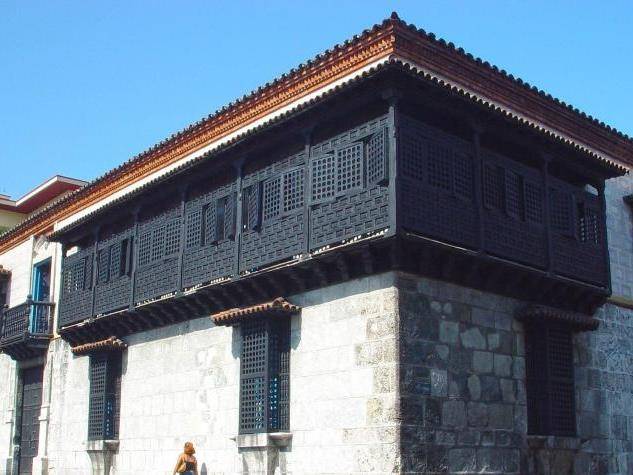About
Rex
If you want to stay in a modern, stylish hotel that is well placed for the bars, restaurants and cultural attractions of Santiago de Cuba city, you should consider Hotel Islazul Rex.
Hotel Islazul Rex was redeveloped in 2013 & now combines boutique features with a fabulous location overlooking the famous Plaza de Marte. The hotel has a small, attractive restaurant which serves good breakfasts & evening meals, while its bar also serves snacks.
The 24-hour terrace bar is one of the Rex’s most attractive features and has great views over the park & city of Santiago de Cuba. With this relaxing rooftop oasis in the centre of the city & friendly staff keen to ensure you enjoy your stay, you will find this a great place to unwind with a Mojito.
The Islazul Rex is an attractive, historic hotel in a great central location & its accommodation prices reflect that, though these are likely to come down through market testing. But if you want a great central base for exploring the city by day or night, you will find this one of the most stylish, comfortable choices.
